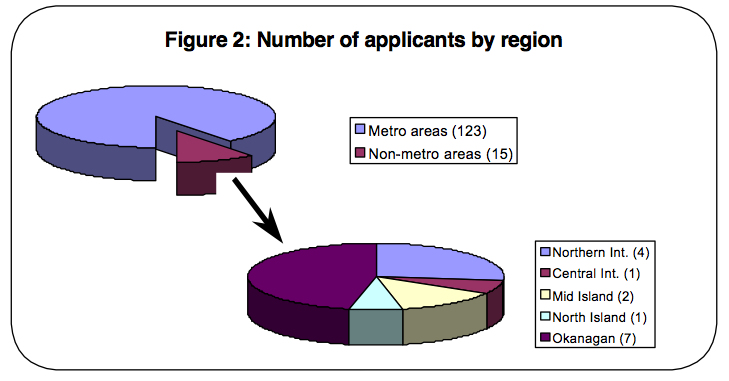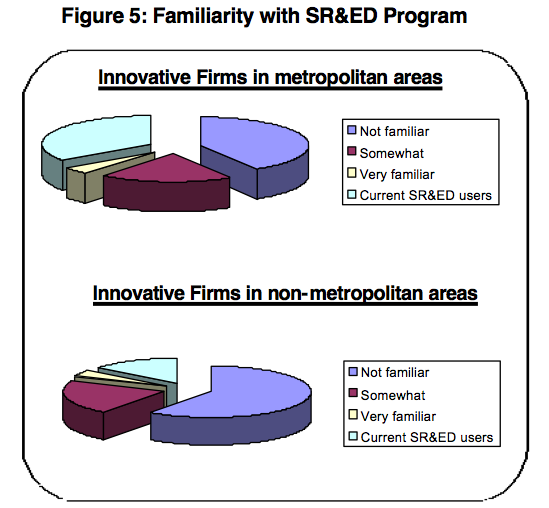SR&ED Discrepancies Within Provinces: “British Columbia’s Industrial Landscape” (1995)
Reference Article (>5 Years Old)
 SR&ED Discrepancies Within Provinces: “British Columbia’s Industrial Landscape” (1995)
SR&ED Discrepancies Within Provinces: “British Columbia’s Industrial Landscape” (1995)
At SREDucation, we’re taking the time to document all of the changes that have occurred to the SR&ED program over the years. In our “From the Archives” series, you’ll be able to see how the program has evolved since its inception in 1986. For a timeline of these events, check out the SR&ED Tax Credit page on Facebook. Stay current with the program by understanding the historical context.
On January 1, 1995, the Centre for Policy Research on Science & Technology at Simon Fraser University prepared a report for the Science Council of British Columbia entitled “British Columbia’s Industrial Landscape: Technology & Innovation Outside the Metropolitan Areas.” In it, the authours state that the beneficiaries of the Scientific Research & Experimental Development (SR&ED) program are not necessarily equitably distributed geographically across Canada.
Background of the SR&ED Study
The study consisted of two parts: interviews and surveys. The interviews were conducted with 819 innovative science and technology firms from different areas within British Columbia. Surveys were sent to 1,017 firms and sought to discover the following information:
- Core information about the demography of BC firms;
- Knowledge about the National Research Council’s IRAP program; and
- Awareness, use, and impact of Revenue Canada’s SR&ED program.
SR&ED Study Findings
The research found that there were millions of SR&ED dollars that went unclaimed in B.C., specifically in non-metropolitan areas.
“There is uneven awareness and utilization of the program among potentially eligible firms within a single province, namely B.C,” the authour said. “Our findings demonstrate that many earned benefits have gone unclaimed and unused in B.C., particularly in the regions remote from major metropolitan centres.”

Technology & Innovation Outside the Metropolitan Areas.”
The study found that “clearly there are major regional imbalances,” and while many B.C. firms were missing out on SR&ED, it was most noticeable in non-metropolitan areas; the provincial average of firms claiming SR&ED at the time was 30.9%, and non-metropolitan firms were only at 15.3%. Similarly, non-metropolitan businesses were found to be much less aware of the program overall.

Drawing SR&ED Conclusions
While the authors didn’t extrapolate the results of the study to other provinces, they were very clear that the discrepancy between metropolitan and non-metropolitan areas when it comes to SR&ED assistance and knowledge was substantial.
“There is a clear and present need among firms in the regions analyzed for informational assistance in order to better exploit the SR&ED program,” they said. “As mentioned earlier, there could be substantial uptake of [investment tax credits], which would have significant positive effect on the economies of these regions.”
This article is based on a study issued at the time: “British Columbia’s Industrial Landscape: Technology & Innovation Outside the Metropolitan Areas.”